Foreigner 4
Buy Foreigner 4 Foreigner 4 was a platinum-selling commercial blockbuster for the group Foreigner in 1981. It spawned several highly successful singles and began the group’s transition from a hard rock band to […]
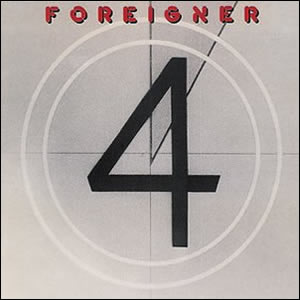
Buy Foreigner 4 Foreigner 4 was a platinum-selling commercial blockbuster for the group Foreigner in 1981. It spawned several highly successful singles and began the group’s transition from a hard rock band to […]
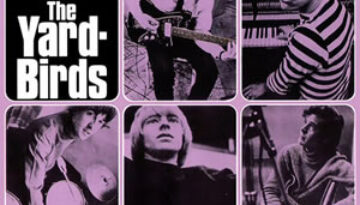
Buy For Your Love About four years ago, we reviewed the 1966 album by The Yardbirds commonly known as “Roger the Engineer”, which saw the final days in the band for guitarist Jeff Beck. […]
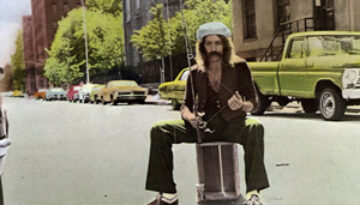
Buy Fool For the City Foghat may have set the template for the sound and tone of mainstream, 1980s “hair” rock five years before that decade even began. Fool for the City, the […]
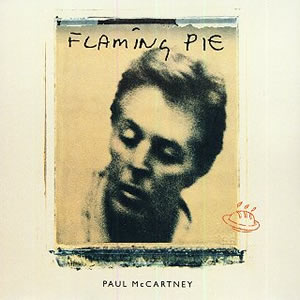
Buy Nine Lives After spending a few years working on The Beatles Anthology project, it was clear that Paul McCartney wanted to continue revisiting the sounds and styles of the past when he […]
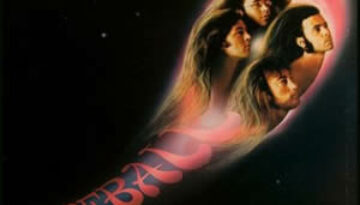
Buy Fireball I started this review planning to explain how this album set up Deep Purple for its, presumptively superior masterpiece, 1972’s Machine Head. But the more I’ve listened to Fireball in preparation […]
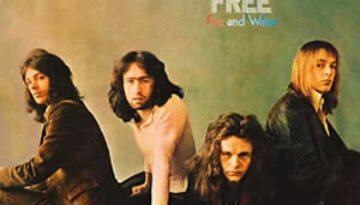
Buy Fire and Water The 1970 album Fire and Water was the third studio album by Free and it proved to be the breakthrough of the group’s short but prolific career. The album […]
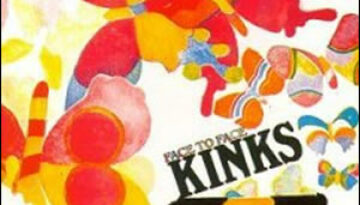
Buy Face to Face After quickly rising to pop acclaim, Ray Davies and The Kinks morphed towards concept albums in the late 1960s. Face to Face, the group’s fourth studio album released in […]
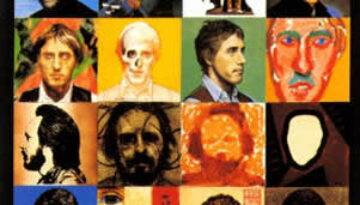
Buy Face Dances Face Dances was the ninth album from the legendary band The Who but their first without drummer Keith Moon, who died of an overdose shortly after the release of their […]
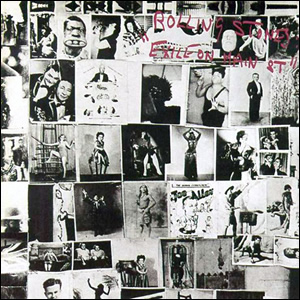
Buy Exile On Main Street Many esteemed and big-name rock publications have rated Exile On Main Street by The Rolling Stones as one of the greatest albums of all time (especially the publication […]
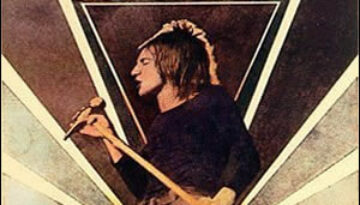
Buy Every Picture Tells a Story With his solo album, Every Picture Tells a Story, Faces lead singer Rod Stewart produced a unique and entertaining album, albeit strange in many ways. The album […]